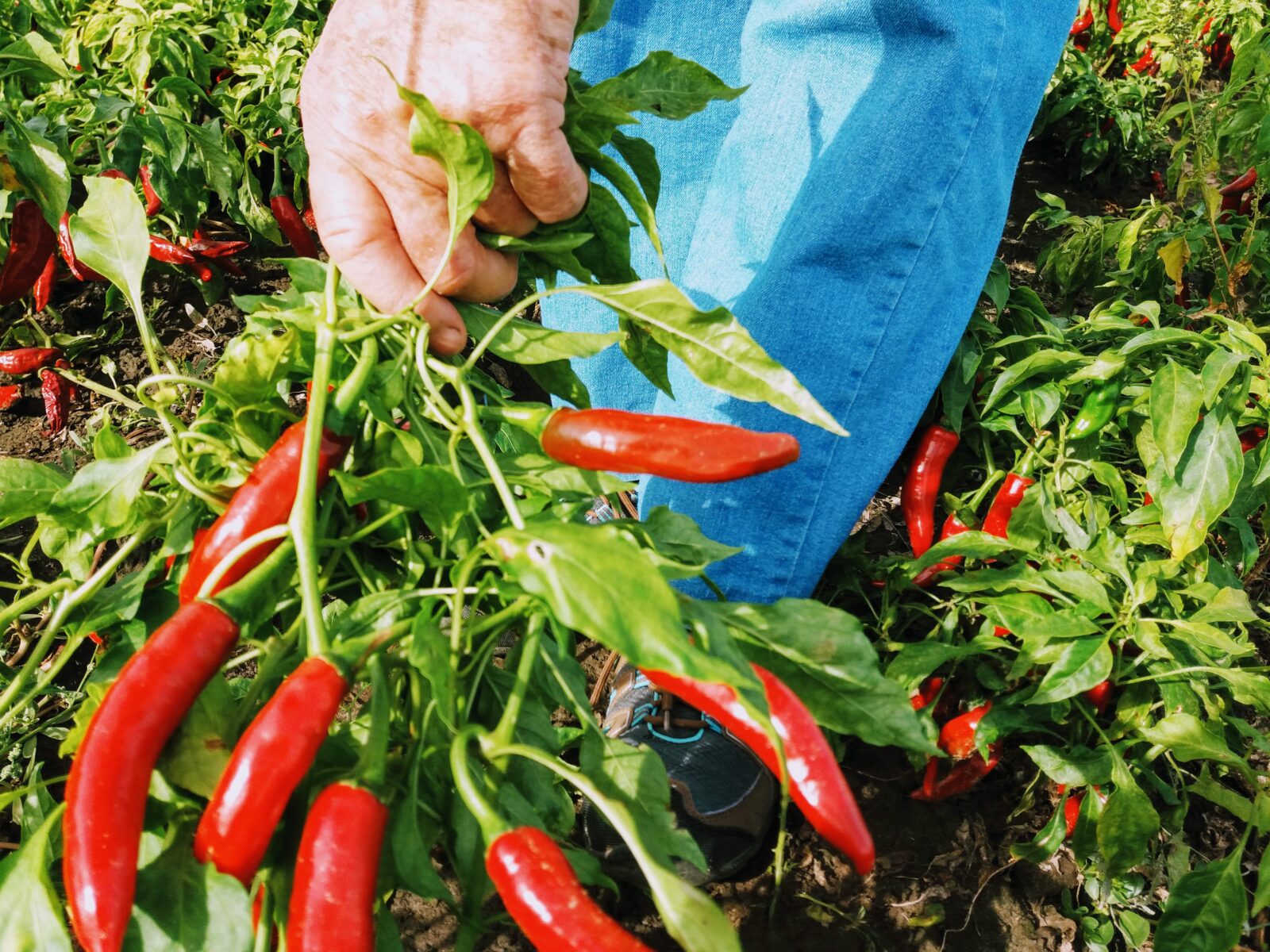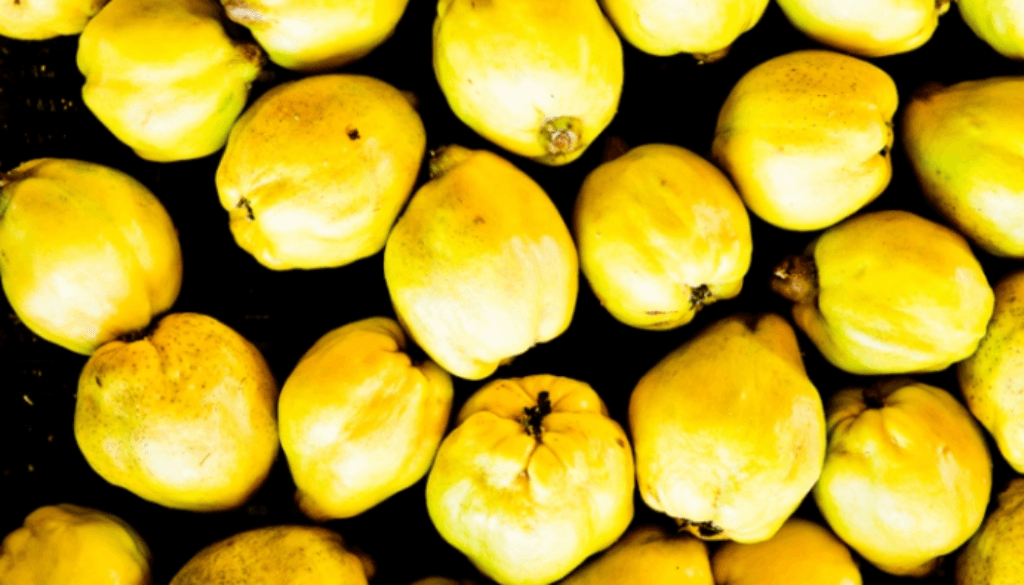Updates, Wine Guide, Wine Styles & Trends
An Ode to Pálinka
There are few better ways to get an honest glimpse into the soul of a nation than through its national drink. Almost every country has a distilled spirit that is a vital part of the local culture and traditions, and for Hungary, that drink is pálinka.
The basic idea of pálinka is very simple: take some good local fruit and absolutely nothing else, and distil it into a spirit. It’s done in small batches, sometimes with just one type of fruit, sometimes with more. It can be aged in barrels but it doesn’t have to be. Pálinka is all about the pure juicy aromas of the Hungarian countryside, with all the flavors of fruits the grow there, distilled into a small glass.
The beauty of pálinka lies in its simplicity: with nothing to hide the real flavors of the fruit it’s made from, only the juiciest fruit, distilled in the most careful way, makes really great pálinka. It can be made by anyone anywhere where there’s fresh fruit, but the drink will always reveal the quality of the fruit and the skill of the distiller. Making pálinka is as much science as it is art: distilling is a delicate process, and only someone who really understands the science behind it can become a real expert.

Pálinka is, of course, much more than just a drink. It’s a tradition and ritual, part of every celebration and every sorrow in the country. Every Hungarian knows someone who makes it at home, and for better or worse, everyone recognizes the sight of a coke bottle with a handwritten label and a clear liquid brought to a party. Coincidentally, pálinka also happens to be one of the few words in the difficult Hungarian language that guests seem to remember after visiting…It should be clear by now that pálinka is as typical a Hungarian drink as it gets. But like everything Central European, ask around in neighboring countries and you’ll hear of many similar drinks – palincă, pálenka, rakia, rakija, and of course, schnaps.
Each country, and each region, has slight differences in flavor and style, and of course, locals will always swear to their recipe in each region, but the general idea always remains the same: take pride in the best local produce and create a drink to share and enjoy in good company.
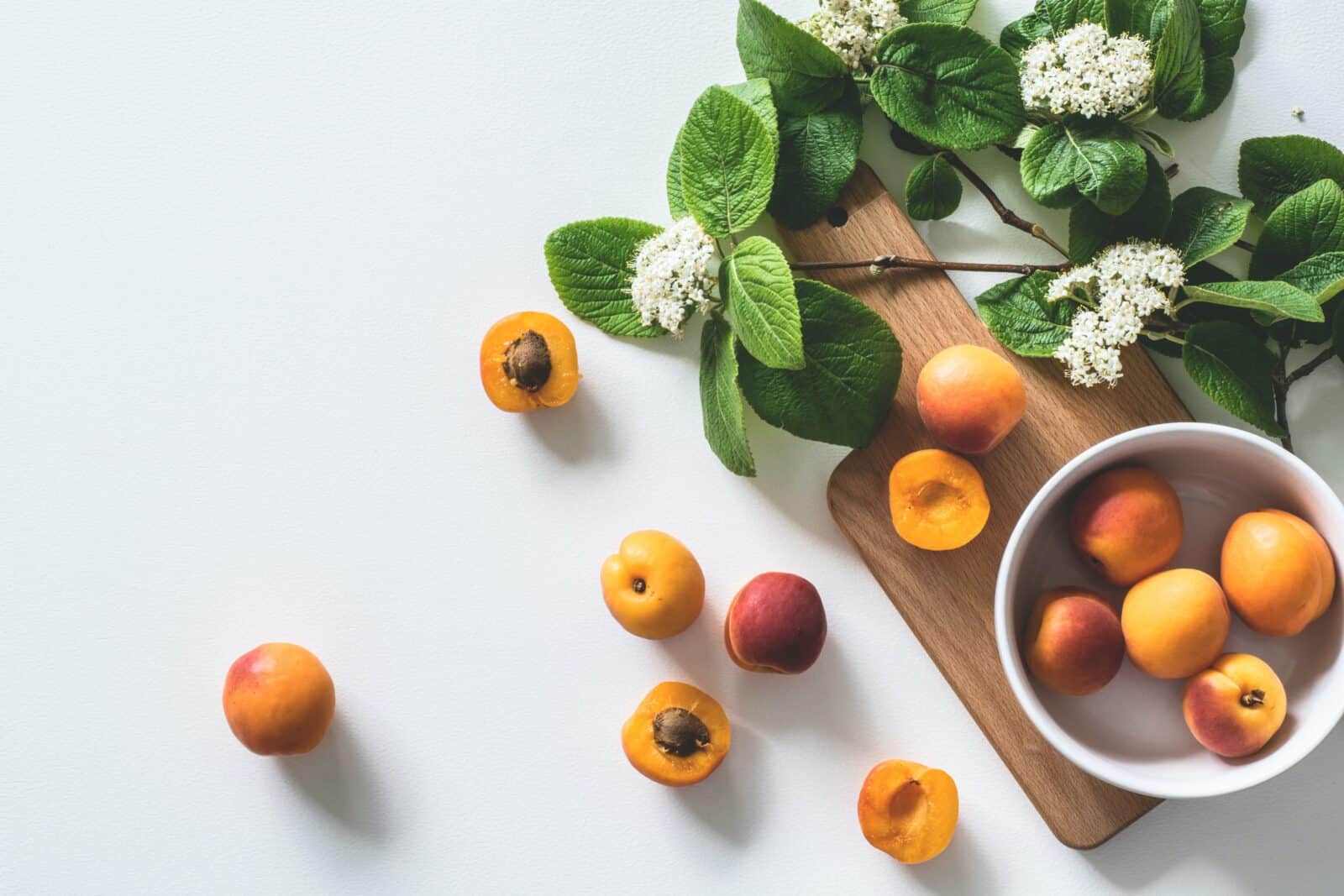
The Hungarian style of pálinka lies somewhere halfway between North and South, East and West, as it often does. Halfway between the aromatic, lighter style of schnapps in Austria and Germany and the robust, full-bodied style of the Balkans and Romania, Hungarian pálinka is a balanced mix of the influences and flavors of Central Europe: smooth and aromatic, but with a rich body and intense style that brings out the best flavors of the fruits it is made of.
In Hungary, there are certain regions that are famous for growing a particular fruit. Apricot from Gönc, plum from Szatmár and apple from Szabolcs, to name a few, are varieties that have a protected origin and strict regulations, since they are flavor-rich and make some of the best pálinka around. Other common fruit varieties used for pálinka include cherry, pear, quince, blackcurrant, and many more.
The process of making pálinka is relatively straightforward: first, the fruit has to be fermented, just like wine. Depending on the type of fruit, this usually means mashing the fruit first to release its juices. Yeast then eats the sugar and turns it into alcohol, just like wine. Next, the distilling takes place: the fermented fruit juice is heated up, and since alcohol evaporates at a different temperature than water and other components of the juice, it can be separated from the rest of the liquid.
The distilling can be done in two ways: the traditional way is to do it in batches, usually using traditional “kisüsti” copper pots. Here, all the liquid to be distilled is filled into the pot at once, and the result is an intense, but sometimes rough, classic style of pálinka. In the “continuous method”, on the other hand, distilling towers are used that can be fed constantly with more liquid to be distilled, allowing for more consistent quality and a smoother, more aromatic flavor.
While many distillers still use the traditional method, many others have switched to the continuous method thanks to the elegant, balanced style of pálinka it produces. Bestillo and Agárdi, two of the top producers in Hungary, also prefers this method, and it shows in the fragrance and balance of their spirits.
Pálinka and its siblings show, perhaps, not just the essence of the Hungarian spirit but that of whole Central Europe: spicy, passionate and full of flavor, formed by a criss-crossing mix of influences that have affected each other over centuries. Even if different countries have different names for it, pálinka reveals how many tight bonds hold this colorful, diverse part of Europe together. Our tip: sip pálinka slowly instead of throwing it down. It will feel smoother and you’ll taste the fruit much better.
-
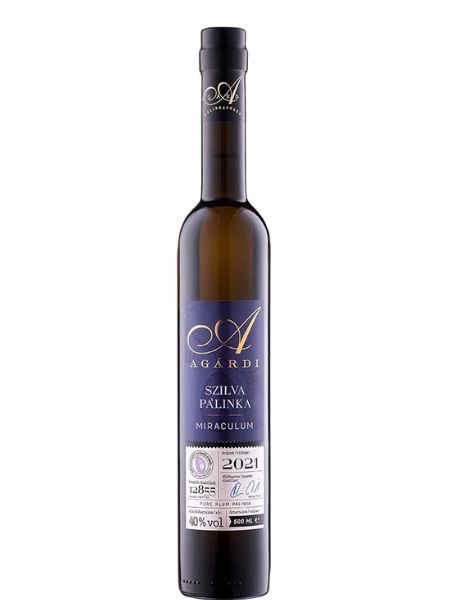 Agárdi Miraculum Plum Pálinka (0,5l)€33,90
Agárdi Miraculum Plum Pálinka (0,5l)€33,90€67,80 / l
incl. VAT
excl. shipping costs
Delivery time: 1-5 working days
-
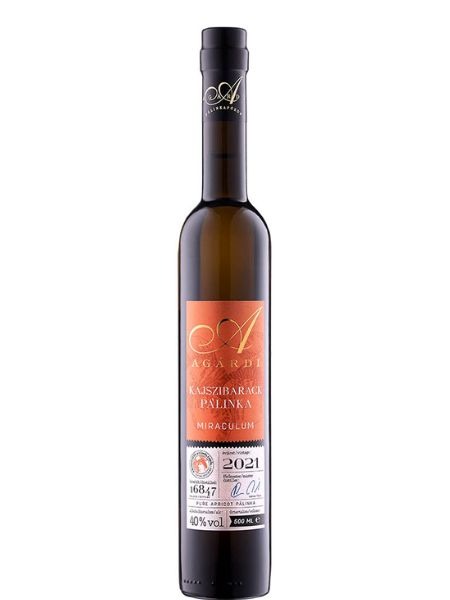 Agárdi Miraculum Apricot Pálinka (0,5l)€38,90
Agárdi Miraculum Apricot Pálinka (0,5l)€38,90€77,80 / l
incl. VAT
excl. shipping costs
Delivery time: 1-5 working days
-
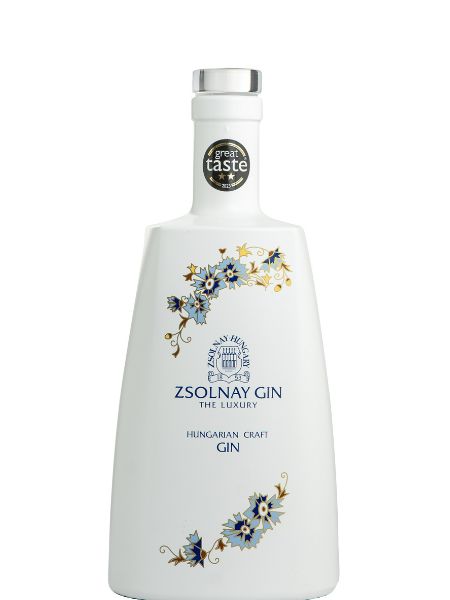 Zsolnay Gin (0,7L)€52,90
Zsolnay Gin (0,7L)€52,90€75,57 / l
incl. VAT
excl. shipping costs
Delivery time: 1-5 working days
-
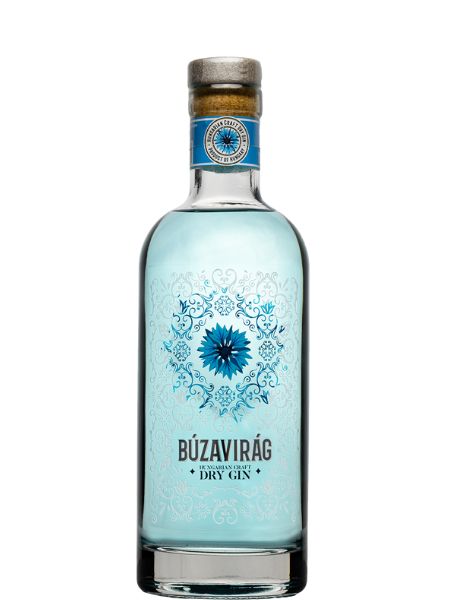 Búzavirág Gin (0,7L)€34,90
Búzavirág Gin (0,7L)€34,90€49,86 / l
incl. VAT
excl. shipping costs
Delivery time: 1-5 working days
-
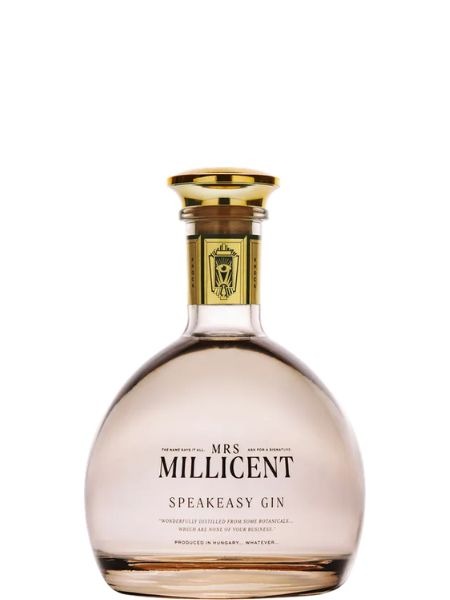 Mrs. Millicent Gin (0,7l)€44,90
Mrs. Millicent Gin (0,7l)€44,90€64,14 / l
incl. VAT
excl. shipping costs
Delivery time: 1-5 working days
-
 Bestillo Quince Pálinka (0,5l)€46,90
Bestillo Quince Pálinka (0,5l)€46,90€93,80 / l
incl. VAT
excl. shipping costs
Delivery time: 1-5 working days

 Deutsch
Deutsch
